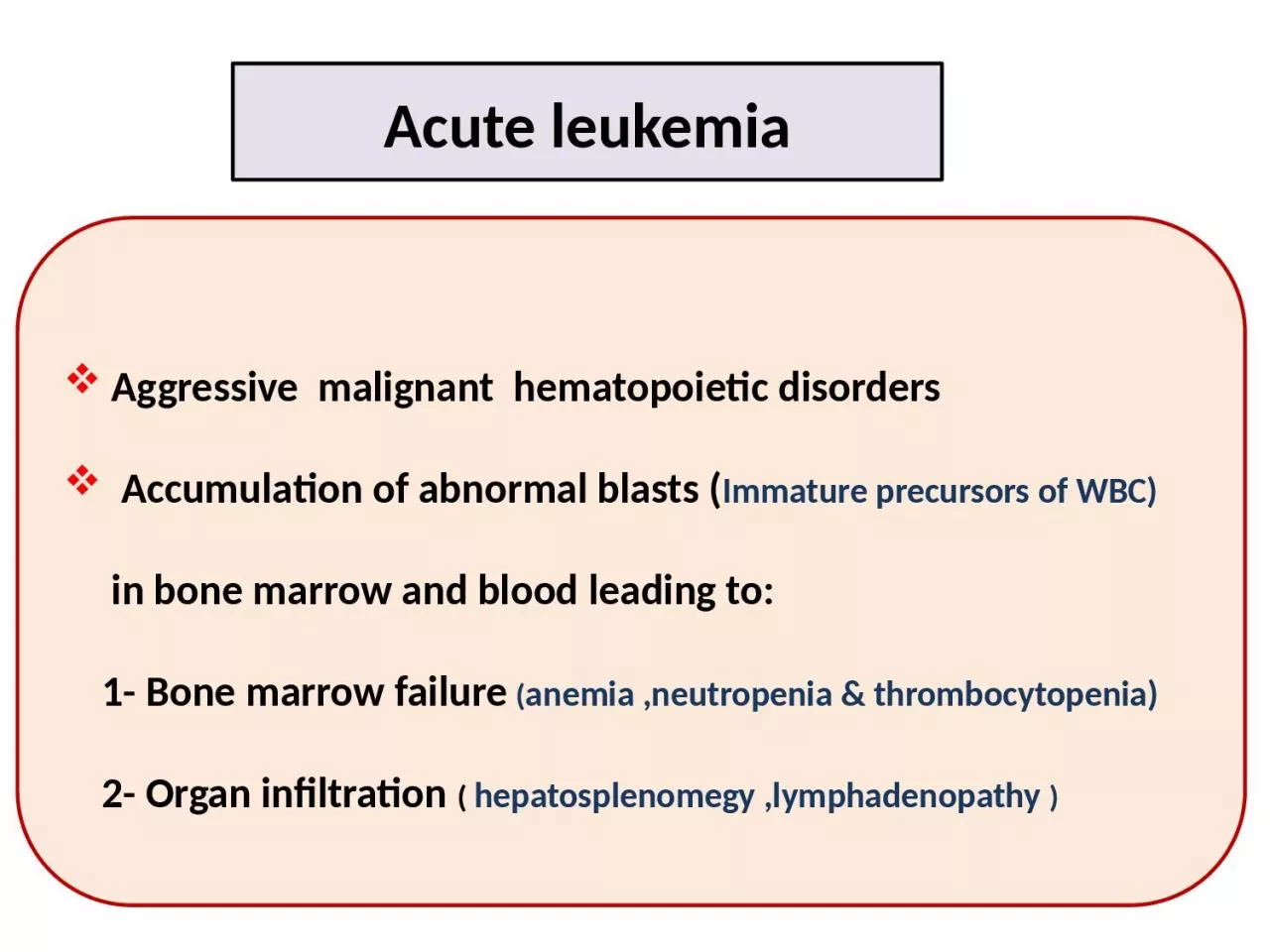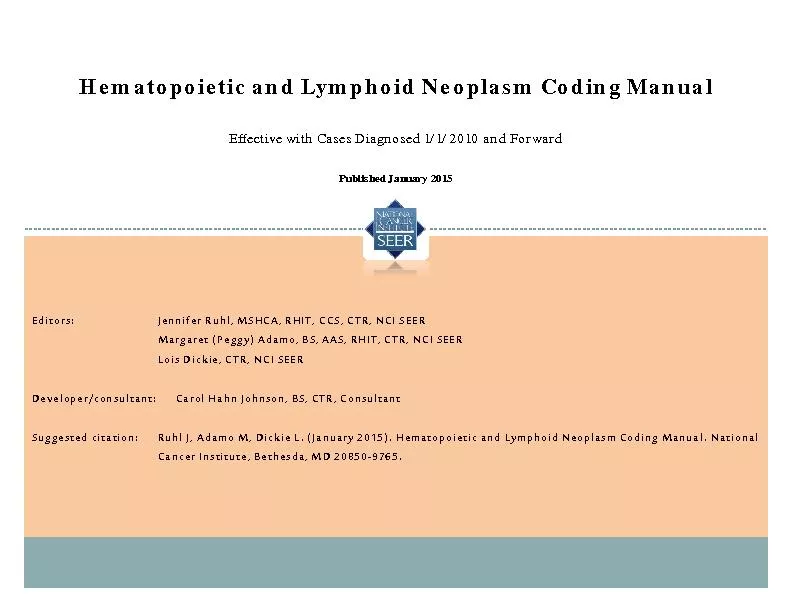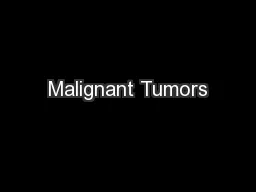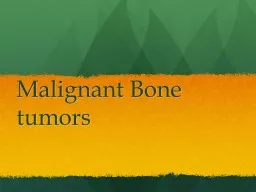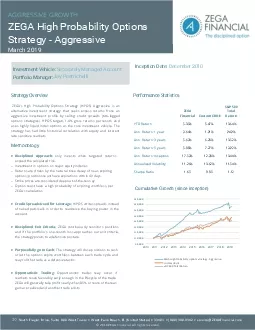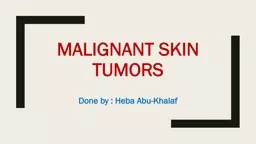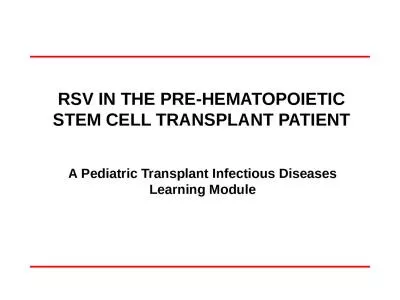PPT-Aggressive malignant hematopoietic disorders
Author : ximena | Published Date : 2024-03-13
A ccumulation of abnormal blasts I mmature precursors of WBC in bone marrow and blood leading to 1 Bone marrow failure anemia neutropenia amp thrombocytopenia
Presentation Embed Code
Download Presentation
Download Presentation The PPT/PDF document "Aggressive malignant hematopoietic dis..." is the property of its rightful owner. Permission is granted to download and print the materials on this website for personal, non-commercial use only, and to display it on your personal computer provided you do not modify the materials and that you retain all copyright notices contained in the materials. By downloading content from our website, you accept the terms of this agreement.
Aggressive malignant hematopoietic disorders: Transcript
Download Rules Of Document
"Aggressive malignant hematopoietic disorders"The content belongs to its owner. You may download and print it for personal use, without modification, and keep all copyright notices. By downloading, you agree to these terms.
Related Documents

